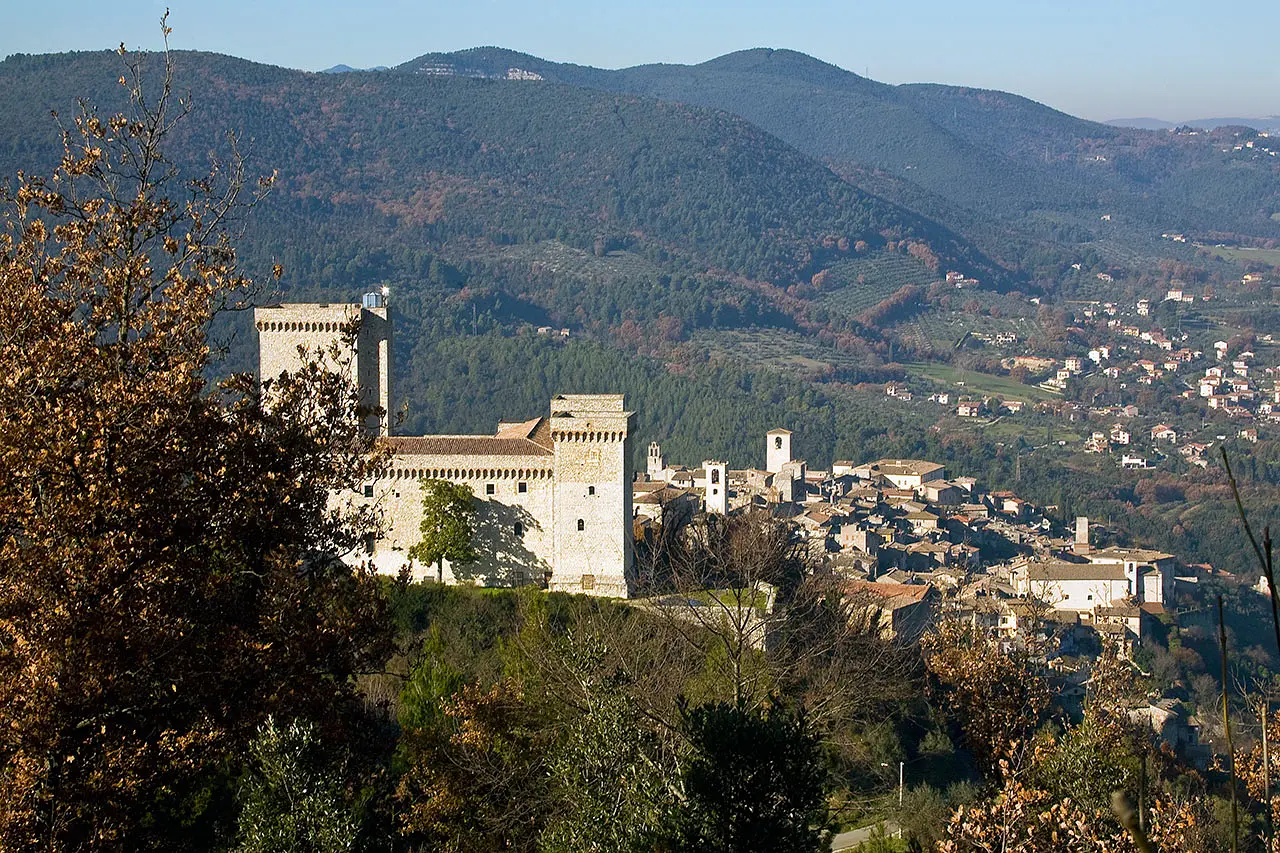SHARRYLAND


Where is

What it is and where it is
Narni is a charming Umbrian village overlooking the enchanting Nera Gorge and the Conca Ternana. Its ancient origins have given it a fairy-tale appearance, an intricate maze of streets, squares and stairways that wind through houses, palaces and fountains. In this village, however, one cannot just wander around with one's nose up; rather, it is essential to also think about where one's feet rest and, above all, look for access to the underground. It is precisely here, in fact, that additional wonders that have characterized Narni for centuries are hidden.
Why it is special
The place to start the exploration is definitely Piazza Garibaldi. It is immediately recognizable by the sober and elegant fountain with a polygonal base that brightens the square with its constant gush. All around, ancient and modern come together in a harmonious dance, juxtaposing, for example, modern store porticos with small loggias and ancient towers. How can one not turn then, to the Co-Cathedral of St. Juvenal, with its four majestic naves and baldachin altar; there one can also admire the early Christian sacellum in which the patron saint of Narni, St. Juvenal, was buried.
Not to be missed
Right next to the fountain you will notice a sign and a staircase that plunges under the road surface. This is the access to the early medieval Cistern part of the city's ancient water system. Having the opportunity to admire rooms that were functional for city life at that time is really exciting. Just the cistern, by virtue of the amount of water it housed, was anciently called Lacus, a term that extended to the upper environment that was called Lake Square.
Trivia
Between the early Christian sacellum and the ancient underground cistern, visiting Piazza Garibaldi really gives one the impression of being in a microcosm where different and distant worlds open onto each other. A plot worthy of a fantasy book. Indeed, perhaps this story and the name of the village, Narni, tickled the memory of those who had read "The Chronicles of Narnia." Congratulations, the assonance you recognized is not coincidental: in fact, it seems that Lewis had actually been to Narni and decided to draw inspiration from this place and its name to create the fantasy world.
Enter the Map of Italy's Undiscovered Wonders and find treasures where you least expect it... Inspire, Recommend, Share...
Contact
The Map thanks:
Enter the Map of Italy's Undiscovered Wonders and find treasures where you least expect it... Inspire, Recommend, Share...
Where is

Contact




